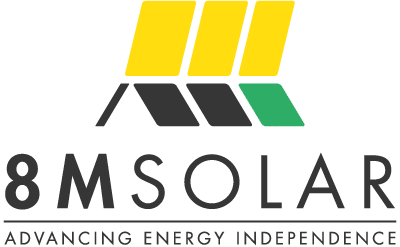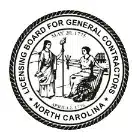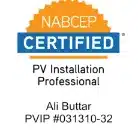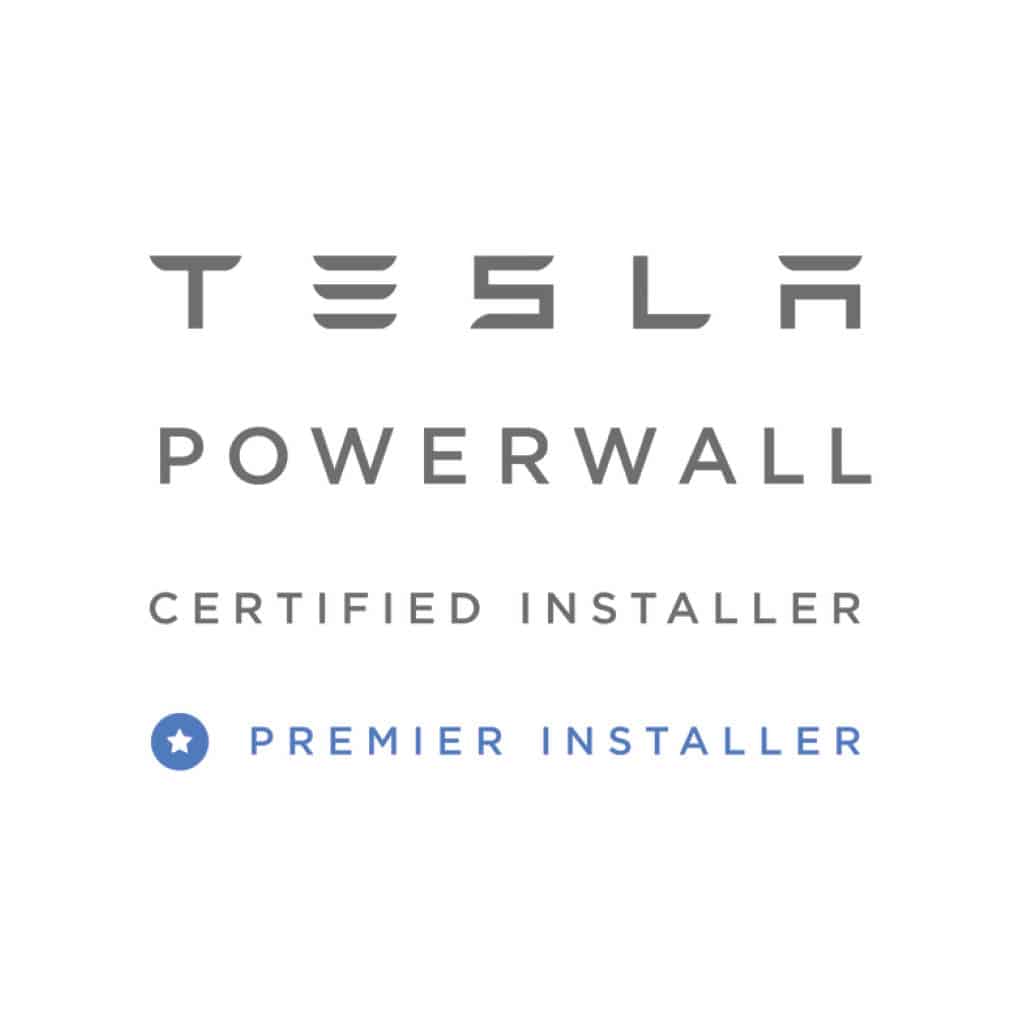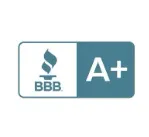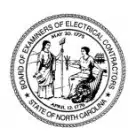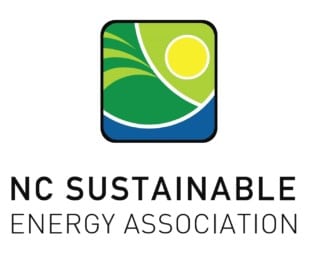People everywhere are actively exploring alternative energy sources like wind and hydroelectricity, driven by a strong desire to reduce carbon emissions and tap into nature’s bounty. Innovators today are setting their sights on harnessing these natural forces in a big way.
Back in 1839, French physicist Edmond Becquerel made a groundbreaking discovery in solar power technology. Through his experiments, he unlocked the secrets of the photovoltaic effect, showing the world how light particles could spark an electrical current.
But it took until 1982 before solar panels, which harvest solar energy, started being produced on a large scale. This renewable energy source is now powering homes and buildings across the country, with many Americans embracing solar energy for a greener future.
Understanding solar power can seem daunting at first, but by talking to people who’ve already made the leap, we’ve gathered the most common questions newcomers have. These inquiries shed light on the essential aspects of solar power, making the concept more accessible to everyone.
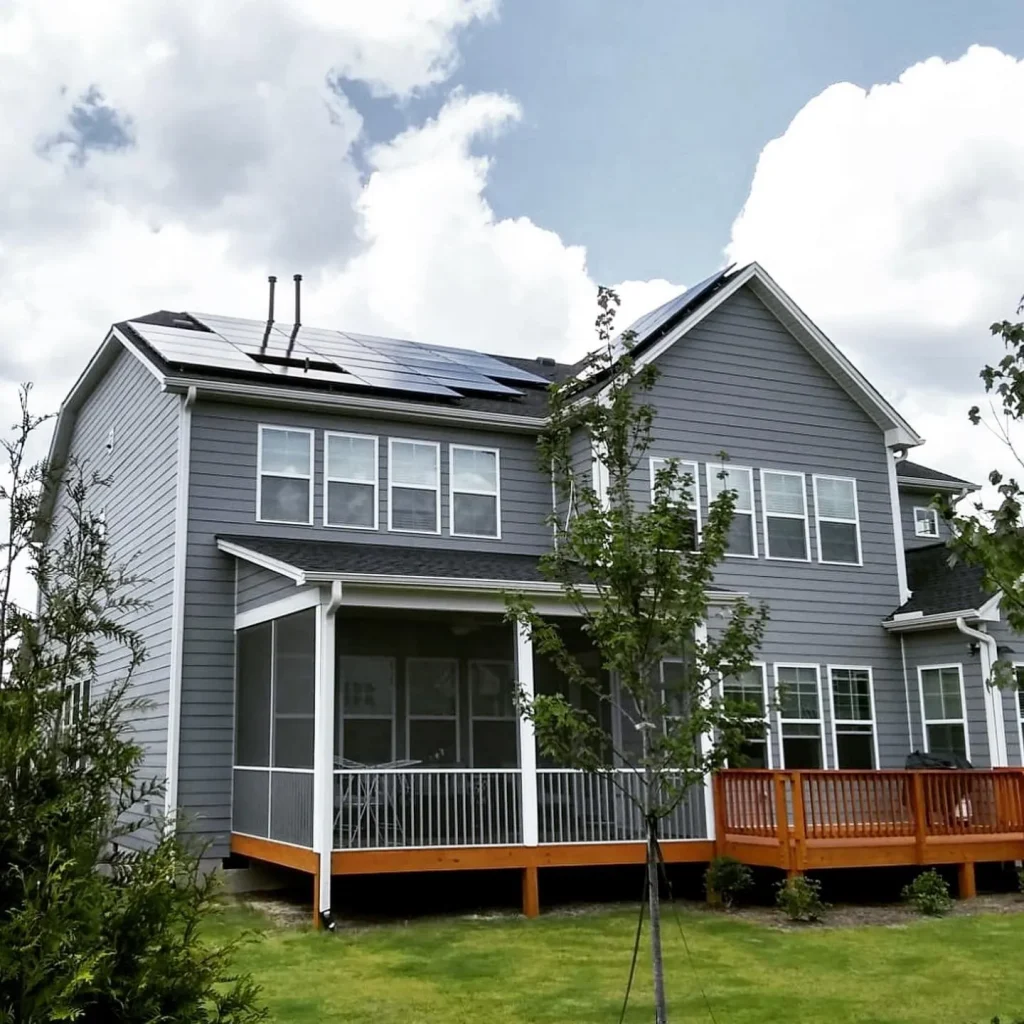
Common Questions about Solar Power
How do Solar Panels Work?
Solar panels convert sunlight into electricity, providing power for household devices like gaming consoles, refrigerators, computers, and TVs. This process occurs through the photovoltaic effect, where photons, or light particles, strike the solar panels and excite electrons in the material. This release of electrons generates an electric current, which can be harnessed to power your home’s appliances and devices.
How do Solar Panels Work within a Solar Power System?
A solar power system consists of four components: solar panels, racking, inverters, and batteries or other energy storage devices. Each part plays a role in making sure that the system captures sunlight and converts it into energy for the home.
Solar Panels
Solar panels are made with a tempered glass, non-reflective outer layer designed to protect them from environmental elements. Beneath the glass, the panel contains a conductive electrode that acts as the cathode (negative electrode). Below this layer, either n-type or p-type semiconductors are used to generate electricity.
- N-type solar panels have more free electrons than atoms, which helps to create a higher voltage.
- P-type solar panels have fewer free electrons, but they balance the system and work in conjunction with n-type panels.
The depletion zone sits beneath the top layer, with an opposite-type material layer on the other side, creating an electric field that facilitates the movement of electrons. At the bottom of the solar panel lies the anode (positive electrode). Sunlight carries energetic photons that transfer their energy to the semiconductor materials in the solar cells, generating a continuous flow of electrons. This flow is captured by the inverter, which converts it into usable AC electricity for powering your home or business.
Inverters
Inverters are responsible for converting the direct current (DC) electricity produced by the solar panels into alternating current (AC) electricity, which is the standard used in homes and businesses. Panels are connected in series to the inverter, which then transforms solar energy into usable power.
Inverters are typically installed in accessible, safe locations like the side of a house, a garage, or a basement, where they can be easily maintained.
Energy Storage
A solar battery is an essential energy storage device designed to store excess power generated by the solar panels during the day. This stored energy can be used at night or during power outages. Most residential batteries available today offer a storage capacity of around 9.8 kWh, providing enough energy to power essential devices for a day or two, depending on usage and sunlight availability. Multiple batteries can be added to increase storage capacity and provide longer backup power during outages.
Racking & Rails
Solar panels require a stable foundation to stay in place, especially when subjected to different weather conditions. Racking systems are designed to mount the panels on either the roof or the ground. Once the mounting feet are installed, rails are placed on top to provide a solid and stable base for the solar panels. At 8MSolar, we use IronRidge XR rails, which offer a robust and reliable platform to secure your solar system to your roof, ensuring durability and security in all weather conditions.
Each of these components plays a role in ensuring the reliability and longevity of your solar power system, contributing to energy independence and environmental sustainability.
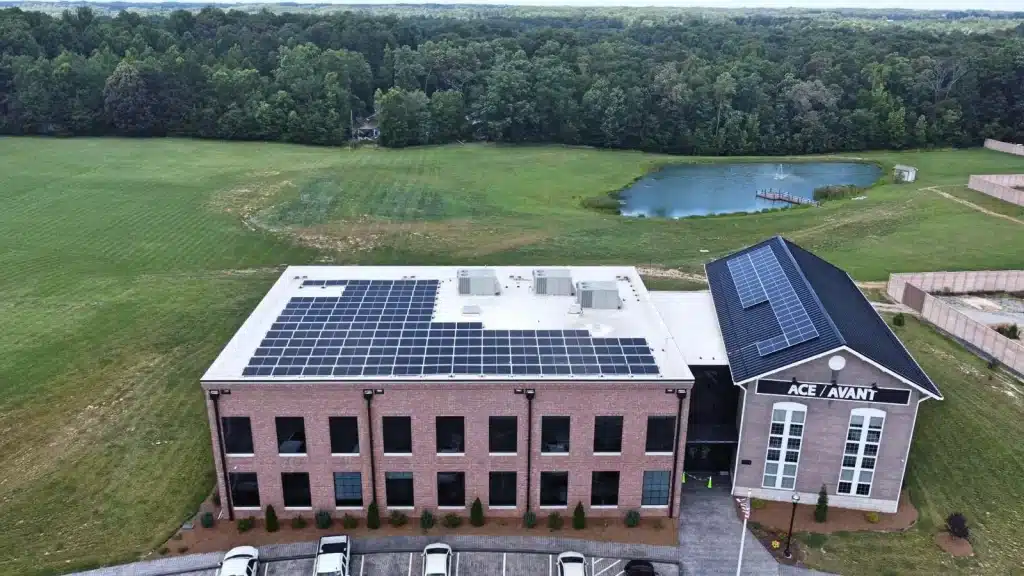
How Many Solar Panels do I Need?
The design and technology of solar panels has been improved upon for years to bring you a long lasting energy generator. Solar panels have a high guaranteed output for the first 25 years of their life. In fact, some solar panels last 40 years after installation with an operating output of around 80%. Read more about how many solar panels you need.
How Long Do Solar Panels Last?
The design and technology of solar panels has been improved upon for years to bring you a long lasting energy generator. Solar panels have a high guaranteed output for the first 25 years of their life. In fact, some solar panels last 40 years after installation with an operating output of around 80%.
Our solar panels come with a 25 year 80% guaranteed power output warranty. This is the best warranty currently offered on solar energy production systems. Read more about how long solar panels last.
8MSolar Expert’s Summary
When sunlight strikes your solar panels, they generate Direct Current (DC) electricity. This DC power is then sent to an inverter, which converts it into Alternating Current (AC) electricity, the type of power that your home uses. Once converted, the AC electricity travels from the inverter to your home’s main electrical panel, powering devices and appliances such as lights, refrigerators, televisions, and more.
If your solar system generates more power than your home requires, the excess energy is sent back to the grid, provided your local utility company allows it. In North Carolina, most utility companies participate in net metering programs, which means you’ll receive credits for the surplus power you contribute. This credit can be used to offset your electricity costs when your system is not producing enough energy, such as during the nighttime or on cloudy days.
By participating in net metering, homeowners can maximize the financial benefits of their solar systems, reducing their overall energy costs while contributing clean energy to the grid. Your solar panels can help reduce reliance on traditional energy sources, providing environmental and economic benefits.
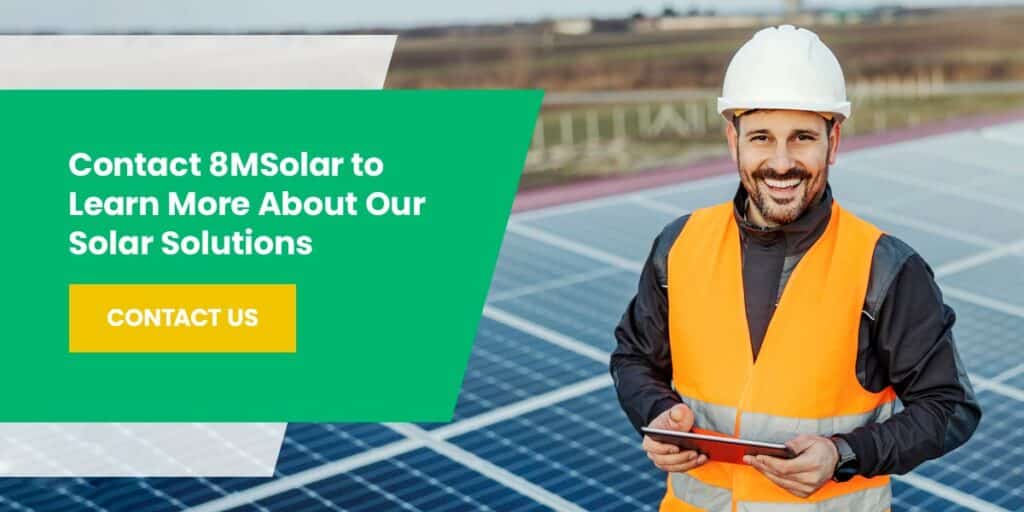
Are Solar Panels Worth it?
The bottom line happens to be “is solar worth it?” The short answer is yes. Solar panels help you save money and utilize an efficient renewable energy resource. Even during the winter months or raining days, solar panels will continue to produce energy because AC power is created from light, not heat.
Despite high up-front costs , we believe everyone saves by switching to solar power. The amount saved will depend on the size of the system you install. Our records show that the average household can save around $1800 per year when they make the switch. You’ll see your solar panels begin to pay for themselves within 6-8 years.
If you live in the North Carolina area, find out how 8MSolar can assist you in bringing renewable energy to your home or office. The ample sunlight and lowered cost of solar panels are just a few of the benefits of solar panels in North Carolina .
We are ready to help you make the transition, get a free quote today!
